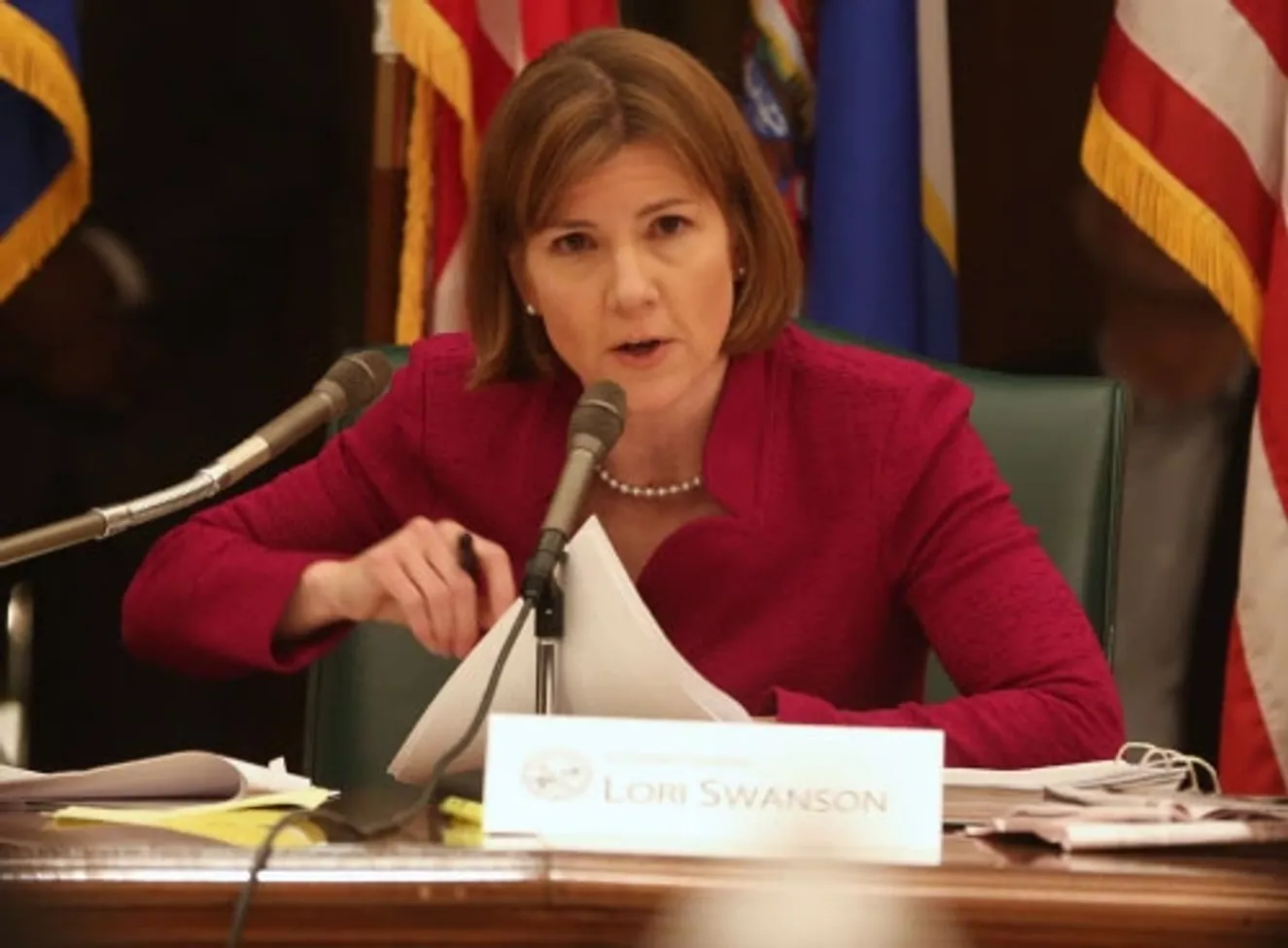at 612-315-3037 or
www.swansonhatch.com

Fairview Health Services is a nonprofit health care system registered as a charitable organization with the Minnesota Attorney General’s Office. As of 2012, it had $2.8 billion in revenue, managed ten hospitals and had over 2,500 physicians. It employed in excess of 20,000 employees. The non-profit board also had an affiliation with the University of Minnesota Hospitals such that the Board had significant influence over its activities.
In 2005, the Attorney General’s Office (AGO) conducted a compliance audit of Fairview, the result of which it entered into a stipulation with the AGO that it would make several changes in its operation, particularly with regard to illegal collection activity.
In 2011, it came to the attention of Attorney General Lori Swanson that Fairview was again engaged in highly inappropriate collection activity, the worst of which involved collection agents employed by Accretive Health harassing patients in the Fairview emergency rooms. In April of 2012 Swanson issued a five-volume report which in part determined that the collection activity was illegal. Shortly thereafter, the Chief Executive Officer of Fairview resigned.
In March of 2013, Swanson received several calls regarding negotiations taking place between Fairview, the President of the University of Minnesota, and Dennis Sanford regarding a takeover of Fairview and the University Health System by Sanford Health of Sioux Falls, South Dakota. Sanford Health is a health care leader in South Dakota and North Dakota.
Swanson was told by University executives that Mr. Sanford had offered the University a $100 million grant for its athletic facilities but expected in return support by the University to change control of Fairview to Sanford Health. She was told of flights by the President of the University to Sioux Falls to discuss the terms of the grant. Swanson contacted several board members of Fairview to inquire about the status of the negotiations and was told that they had no knowledge of such discussions. She contacted the Commissioner of Health, which regulates hospitals, and he said he was in the dark about such discussions.
Swanson then met with the interim CEO of Fairview. She asked him about the consequence of an out of state company getting control of Minnesota company that held over $2 billion in assets, 22,000 employees and almost $3 billion in revenue. The response was very guarded.
Swanson then was told by sources that the reorganization was to be announced in the next month. She then contacted several board members of Fairview who told her that, immediately after her meeting with the interim CEO, he had scheduled an emergency meeting. She then had more meetings with the interim CEO, Fairview board members and University officials. She became quite concerned that there appeared to little or no discussion concerning:
The University Hospitals historically has produced many medical innovations which not only led to saving lives but also to creating approximately 30,000 jobs in the medical (and device) industry in the Twin Cities. There was concern about the impact of loss of control of the University Hospital—which trained 70 percent of the doctors in Minnesota—to an out-of-state company on the medical device industry in Minnesota.
As Swanson continued to make calls, it became apparent that the parties believed they could push through the change of control without input from the stakeholders in the Minnesota community.
Swanson then sent a list of questions to Sanford and asked that they respond with their intentions regarding some of the issues discussed above. Sanford essentially blew her off with a platitudinal response that failed to respond to the questions raised.
Swanson’s response was strategic. Rather than file a lawsuit where a Judge would have to determine the powers and authority of the charities regulator in such a case, she called a hearing in her capacity as a charities regulator. She called the hearing to take place at the state capitol rotunda and invited board members of both companies to testify. She also invited some of the businesses that participate in Minnesota’s “Medical Alley,” some of the patients whose lives were cured by innovations at the University, some health care economists, and some charities experts. The hearing occurred on a Sunday and the attendance was an overflow audience. The exchange between Swanson and the Sanford executives was extremely testy, with it quickly becoming apparent that:
The meeting was quite tense, with heated exchanges between Sanford and some of the other witnesses. At the close of the meeting, Swanson announced that there would be more meetings in the future and that Sanford, Fairview and the University were expected to provide answers to these questions.
Public sentiment in opposition to the merger became quite inflamed, and legislators announced that they would pursue legislation to stop the acquisition by Sanford.
Faced with rising opposition, Sanford announced it would no longer seek a merger.
References: